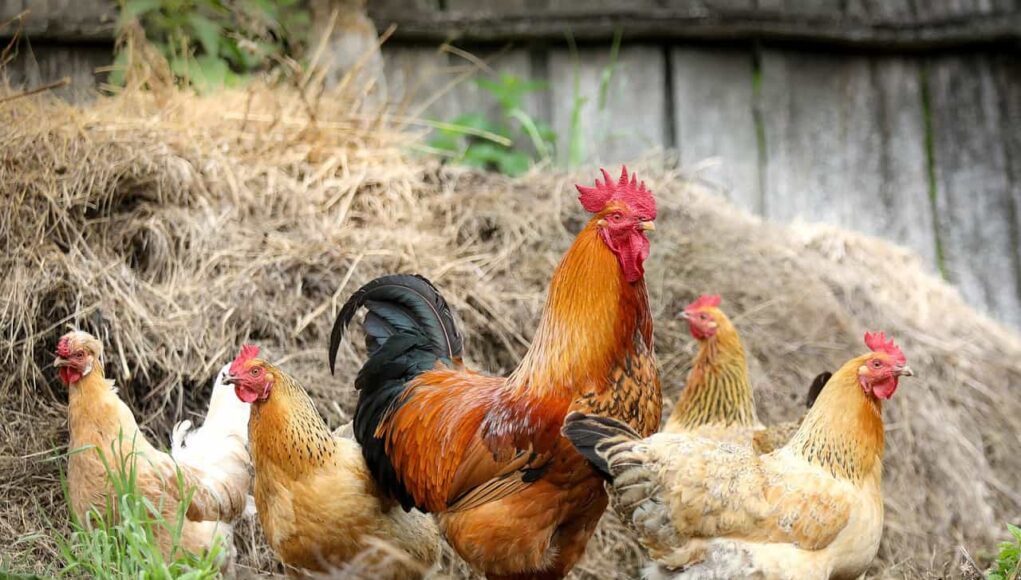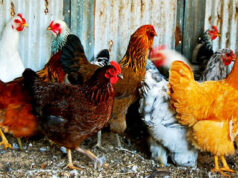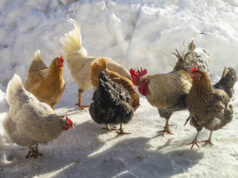Marek’s disease is a serious and often fatal illness that affects chickens worldwide. As poultry enthusiasts, understanding the timeline and progression of this disease is crucial to better manage and protect your flock. In this article, we will explore in detail how long it takes for a chicken to die from Marek’s disease and what poultry owners can do to mitigate its impact.

Understanding Marek’s Disease
Marek’s disease is a viral condition caused by the Marek’s disease virus (MDV), which is a type of herpesvirus. The disease primarily affects the chicken’s nervous system and immune system. It can lead to tumors, paralysis, and eventually death. The primary symptoms include weight loss, lethargy, and difficulty moving.
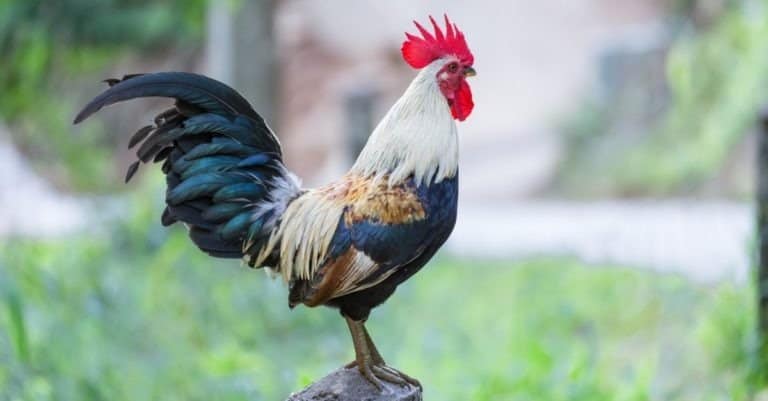
The Timeline of Marek’s Disease
Initial Infection
The infection begins when a chicken is exposed to the Marek’s disease virus. This commonly occurs through inhalation of infected dander or dust, which contains the virus. Once the virus enters the chicken’s body, it resides in the lymphoid tissues. During this phase, the bird may not show any symptoms, but it is already a carrier of the virus.
Incubation Period
The incubation period for Marek’s disease typically lasts between 3 to 4 weeks. During this time, the virus multiplies within the bird’s body without causing any obvious signs of illness. This period can be longer or shorter depending on the chicken’s immune system, age, and overall health.
Onset of Symptoms
After the incubation period, chickens infected with Marek’s disease will start exhibiting symptoms. These can include paralysis of the legs or wings, tumors on various organs, and vision problems. The onset of symptoms marks the beginning of the symptomatic phase of the disease, which can last from a few weeks to several months.
Progression to Severe Disease
As the disease progresses, the condition of the affected chicken deteriorates. The tumors grow larger, and neurological symptoms become more severe. Chickens may experience extreme weight loss, inability to eat or drink, and severe lethargy. This stage can last a few weeks to several months, depending on the bird’s health and the strain of the virus.
Terminal Stage
The terminal stage of Marek’s disease is marked by irreversible damage to the nervous system and internal organs. Chickens at this stage are often unable to stand, eat, or drink. The bird’s overall condition continues to worsen until it succumbs to the disease. The time frame from the onset of symptoms to death can vary widely, but it usually occurs within a few months.
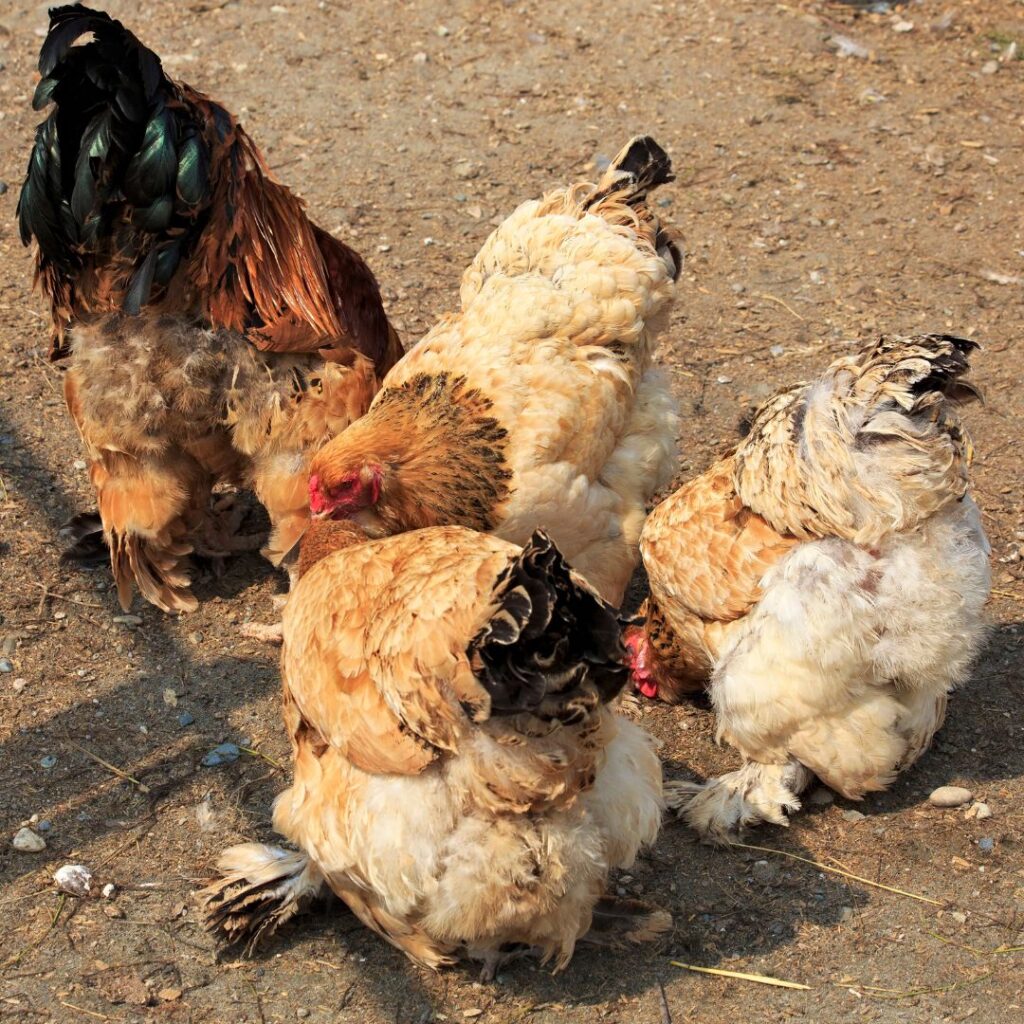
Factors Influencing Disease Progression
Several factors affect how long it takes for a chicken to die from Marek’s disease. These include the virulence of the strain, the age and immune status of the chicken, and the presence of secondary infections.
Virulence of the Virus
Different strains of the Marek’s disease virus can vary in virulence. Some strains cause rapid progression and severe symptoms, leading to quicker mortality. In contrast, other strains may cause a slower progression of the disease, giving the chicken a slightly longer lifespan even after infection.
Age of the Chicken
Younger birds are more susceptible to Marek’s disease. Chicks and young chickens usually succumb to the disease faster than older birds, as their immune systems are not fully developed. Vaccination of day-old chicks can help build immunity and slow the progression of the disease.
Immune Status
The overall health and immune status of the chicken play a significant role in the disease’s progression. Chickens with strong immune systems may be able to fight off the virus better and live longer despite the infection. Conversely, birds with weakened immune systems will likely experience rapid disease progression and quicker mortality.
Secondary Infections
Secondary infections can complicate the course of Marek’s disease. An already ill bird is more susceptible to other infections, which can exacerbate symptoms and speed up the time to death. Proper sanitation and care can help reduce the risk of secondary infections.

Managing Marek’s Disease
While there is no cure for Marek’s disease, there are several steps poultry owners can take to manage the infection and protect their flock.
Vaccination
Vaccination is the most effective way to prevent Marek’s disease. Chickens vaccinated at a young age have a higher chance of surviving even if they get exposed to the virus. Make sure to follow a proper vaccination schedule and consult with a veterinarian for the best practices.
Biosecurity Measures
Implementing biosecurity measures is crucial in preventing the spread of Marek’s disease. Isolate new birds for at least three weeks before introducing them to your flock. Regularly clean and disinfect the chicken coop and equipment to reduce the risk of contamination.
Nutrition and Care
A well-balanced diet and proper care can help strengthen the immune system of your chickens, making them more resilient to infections. Ensure they have access to clean water and high-quality feed to enhance their overall health.
For more tips on maintaining your chickens’ health, check out this article on moldy chicken feed.
Conclusion
Understanding how long it takes for a chicken to die from Marek’s disease can help poultry owners take proactive steps to protect their flock. By implementing vaccination, biosecurity measures, and proper care, you can reduce the impact of this fatal disease. Stay informed and vigilant to ensure the health and well-being of your chickens.
Frequently Asked Questions
What is Marek’s disease?
Marek’s disease is a viral illness affecting chickens, caused by the Marek’s disease virus. It primarily targets the nervous and immune systems, leading to tumors, paralysis, and eventual death.
How does Marek’s disease spread?
The virus spreads through inhalation of infected dander or dust, which contains the virus. Infected chickens can also spread the virus to healthy birds through close contact.
Can Marek’s disease be cured?
There is no cure for Marek’s disease, but vaccination and proper management can help prevent its spread and reduce its impact on the flock.
Additional Resources
For more information on poultry diseases and management, visit Tractor Supply’s breed directory. Also, explore these helpful articles:
As an Amazon Associate, I earn from qualifying purchases.
